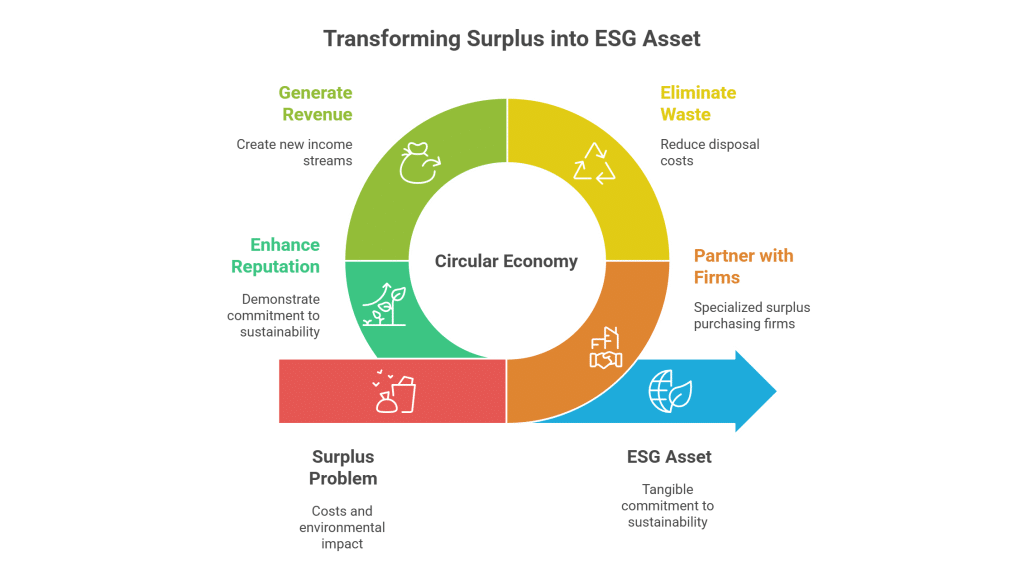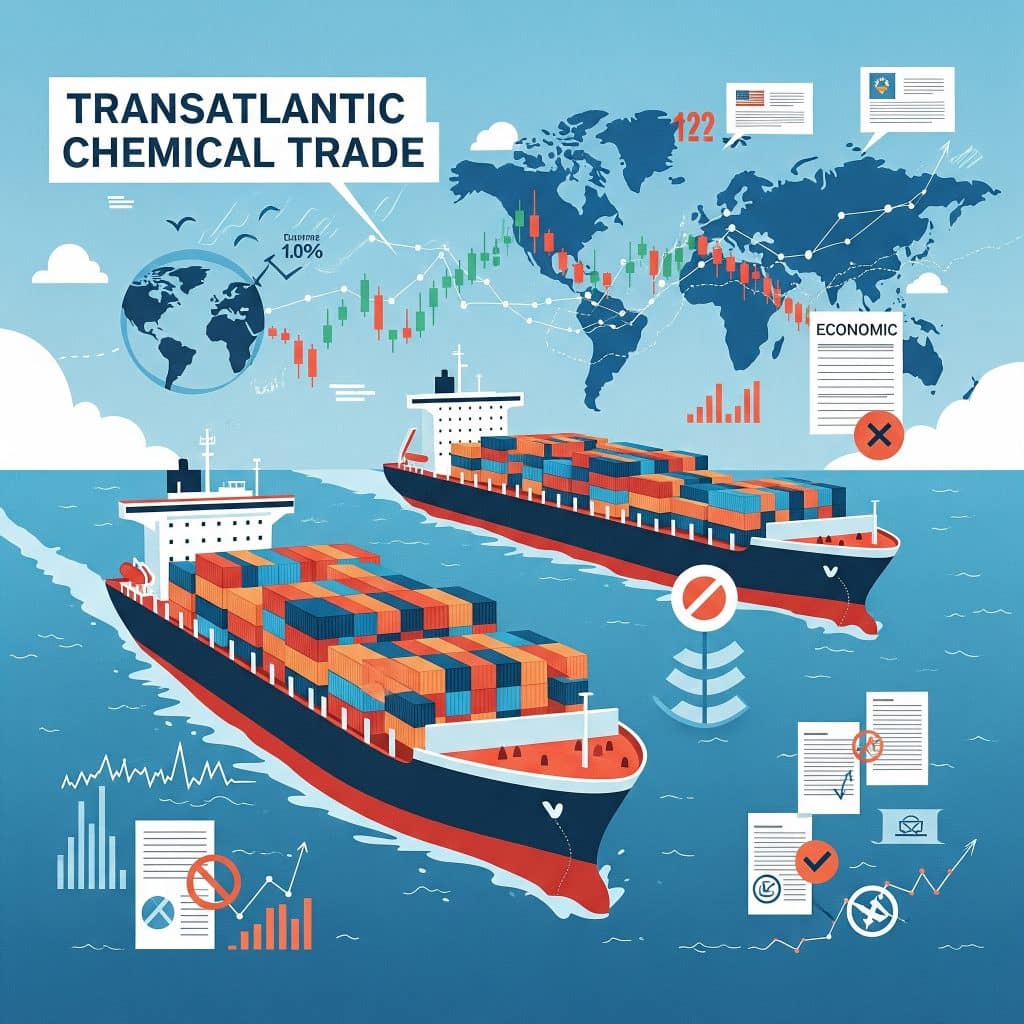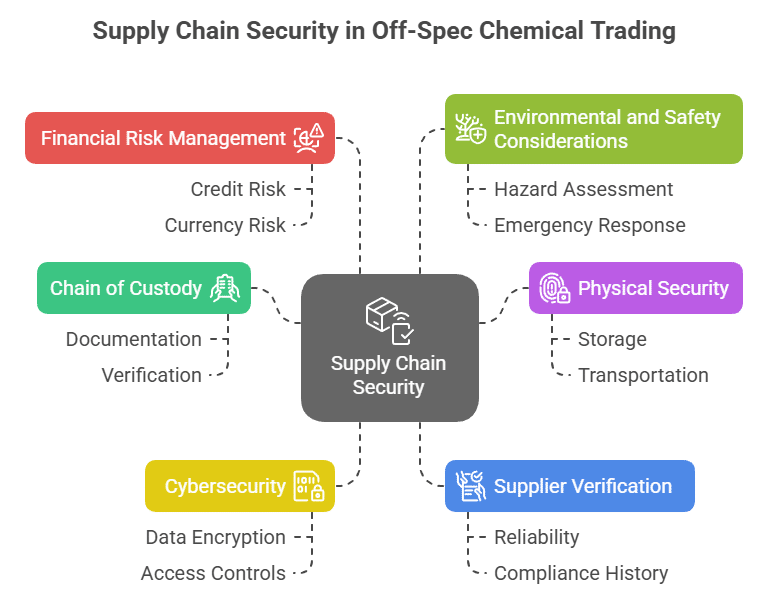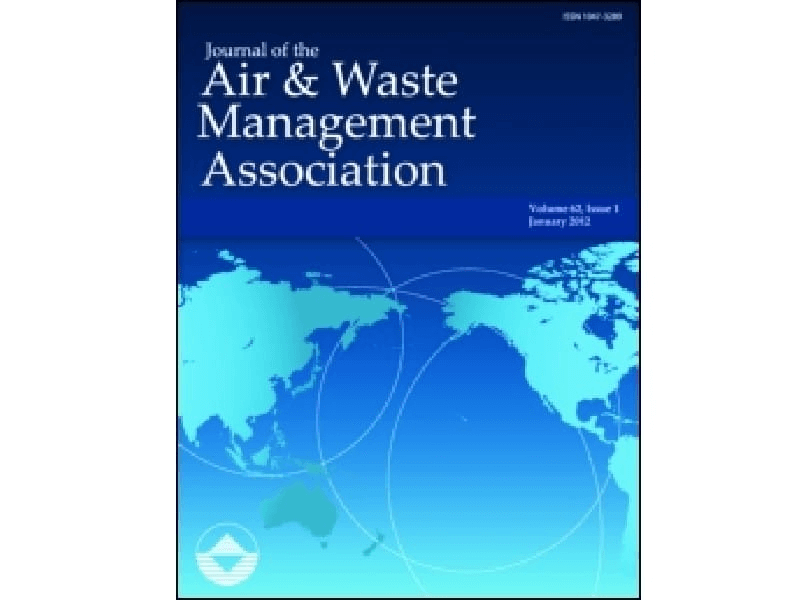Unlocking Value in Surplus Ethanol for Solvents & Fuel Production
Ethanol is a versatile organic compound widely recognized for its dual role as a solvent and as a key component in fuel production. Often found as surplus inventory in various facilities, ethanol stands out due to its excellent solvency properties and renewable fuel potential. Its readily available nature in excess inventory can be transformed into a valuable asset rather than a storage or disposal burden.
Trade Surplus Ethanol for Solvents & Fuel Production – Cost Recovery & Sustainability
Buying and selling surplus ethanol offers a win-win scenario for industries. Companies can generate revenue by offloading excess stock, thereby reducing storage costs and avoiding expensive disposal procedures. Buyers benefit from cost-effective sourcing of high-quality ethanol that meets regulatory and sustainability standards. This dynamic market not only promotes sustainable practices but also supports economic efficiency through improved inventory management, helping companies adhere to environmental guidelines while gaining an additional revenue stream.
Ethanol in Solvents & Fuel Production
Buyers gain access to competitively priced, high-quality ethanol that meets both industrial solvent and fuel additive requirements. This ensures reliable sourcing, reduced procurement costs, and adherence to sustainability and regulatory standards, making it an attractive option for companies looking to enhance production efficiency.
Sellers can convert surplus ethanol into a revenue-generating asset while simultaneously reducing storage and disposal costs. Offloading excess inventory alleviates space constraints and the financial burden of keeping large stocks, while also contributing to environmental sustainability through proper chemical management.
Table of Contents
Transforming Surplus Ethanol into Profit: A Real-World Success Story in Solvents & Fuel Production
A leading chemical manufacturer recently harnessed the power of surplus ethanol by tapping into a specialized trading platform. By offloading excess stock, the company not only cleared valuable storage space but also generated significant revenue. The surplus ethanol was quickly acquired by a fuel producer looking for cost-effective, environmentally friendly additives. This strategic move improved cash flow, minimized disposal risks, and underscored the sustainable value of turning idle inventory into a profitable asset, setting a benchmark for similar industries.
















